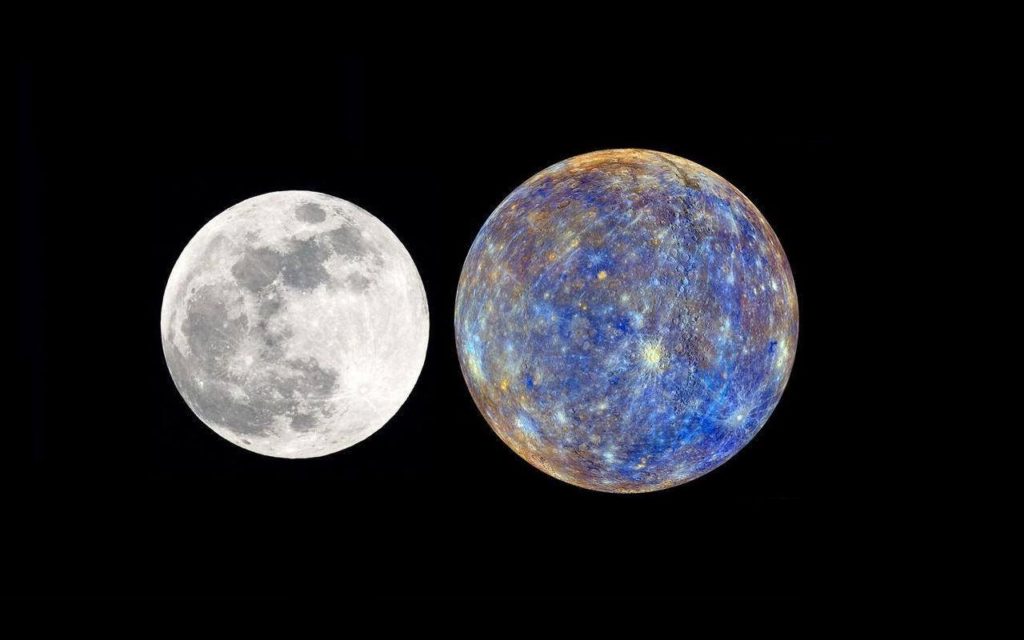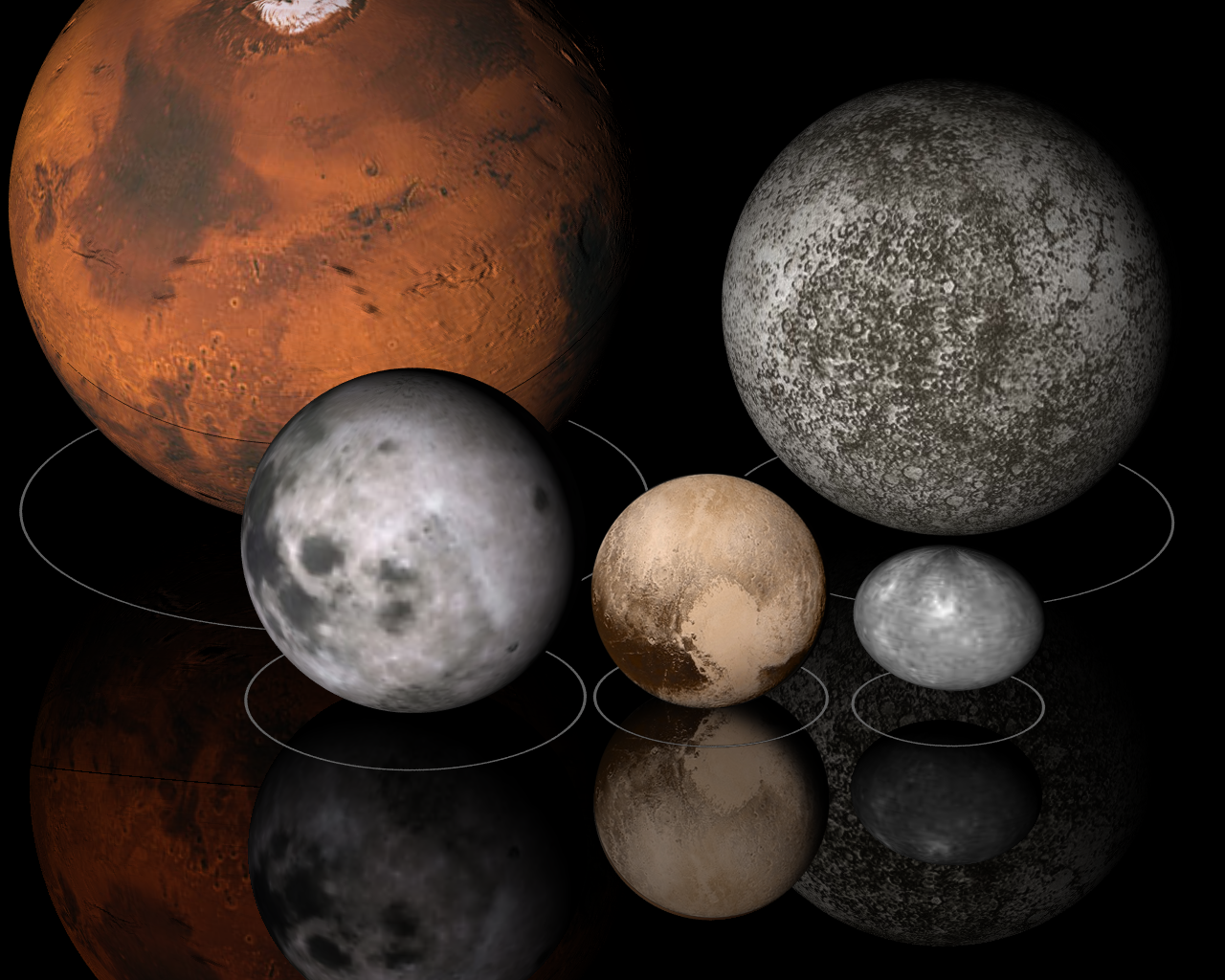The Global Success of Mercury Moon
Mercury Moon is a landmark space exploration initiative aimed at studying the dynamic features and geological characteristics of both Mercury and the Moon. Initially conceived by a coalition of space agencies, the project took form in the early 2020s as a response to a growing scientific curiosity regarding the origins and evolution of these celestial bodies.
The mission’s overarching goals include:
Understanding Surface Composition: Analyzing mineral deposits and surface composition to unveil the historical processes that shaped Mercury and the Moon.
Investigating Geological Activity: Exploring signs of geological activity, such as seismic events and volcanic activity, to evaluate the current state of these celestial bodies.
Monitoring Space Weather Effects: Evaluating how solar activity interacts with the magnetic fields and atmospheres of Mercury and the Moon, which is crucial in understanding wider space weather phenomena.
Fostering International Collaboration: Uniting multiple nations and agencies to share expertise, resources, and scientific knowledge, establishing a collaborative approach to space exploration.
Collaborative Efforts Behind the Mission
The success of Mercury Moon can largely be attributed to the collaborative efforts of various international space agencies, including NASA (United States), ESA (European Space Agency), ISRO (Indian Space Research Organisation), CNSA (China National Space Administration), and more. This partnership marked a significant departure from the competitive nature of past space endeavors.
Financial Contributions
Each agency contributed not only expertise but also funding. This pooled investment lowered overall costs while maximizing technological output. Countries leading the contributions were:
NASA: Provided propulsion and navigation systems.
ESA: Contributed sophisticated scientific payloads.
ISRO: Developed cost-effective launch solutions.
CNSA: Offered advanced rover technology.
Knowledge Exchange
Participants engaged in extensive workshops, simulations, and training sessions to develop a shared understanding of their respective technologies and methodologies. This exchange fostered innovation and allowed for the rapid resolution of challenges faced throughout various stages of the mission.
>>> Buy now: Sailor Mercury Sailor Moon Anime Mn11 Air Jordan Shoes Sport Sneakers
Technology Innovations
One of the central aspects of the Mercury Moon mission was the development of cutting-edge technologies. These innovations not only served the mission’s objectives but also have far-reaching implications for future explorations.
Advanced Propulsion Systems
The Mercury Moon spacecraft utilized novel ion propulsion technology, which allowed for more efficient fuel use and extended spacecraft lifespan. This technology has the potential to be a game-changer for future deep-space missions.
Autonomous Navigation
Another pivotal advancement was in autonomous navigation systems. With the vast distances involved and communication delays, autonomous capabilities ensured accurate trajectory calculations, enabling the spacecraft to make real-time adjustments without waiting for commands from Earth.
Remote Sensing Techniques
The mission also deployed advanced remote sensing techniques, including high-resolution imaging and spectral analysis. These tools were instrumental in mapping the surface conditions and geological features of Mercury and the Moon, yielding data that were unprecedented in detail and accuracy.
Scientific Discoveries and Findings
The Mercury Moon mission prompted significant scientific discoveries that enhanced our understanding of the solar system. Key findings included:
Surface Composition Analysis: The spacecraft identified diverse mineralogical features, providing insights into the formation processes of rocky bodies.
Volcanic Activity Evidence: High-resolution imaging revealed signs of past volcanic activity on Mercury, indicating a more complex geological history than previously understood.
Magnetic Field Variations: Measurements demonstrated that Mercury’s magnetic field is influenced by solar winds and planetary interactions more than initially thought.
Moon’s Regolith Studies: The mission unearthed new data about the Moon’s regolith, revealing layers that had remained undiscovered and offering insights into lunar evolution.
Economic and Societal Implications
The success of the Mercury Moon mission carries economic and societal implications that extend far beyond the realm of space exploration.
Economic Boost
Fresh engagement of aerospace industries across various participating nations led to job creation and economic stimulation. Research and development investments in technology for the mission also benefitted commercial industries on Earth.
Education and Public Outreach
The mission’s successes fostered increased public interest in space exploration. Educational programs developed during the mission not only inspired the next generation of scientists and engineers but also promoted STEM (Science, Technology, Engineering, and Mathematics) fields globally.
Global Collaboration Precedent
The Mercury Moon mission serves as a model for future international endeavors. It proves that collaborative efforts can lead to extraordinary outcomes, encouraging nations to work together in the face of shared challenges.
>>> Read more: Life Lessons from Simba’s Action Process
The Mercury Moon mission stands as an extraordinary achievement in the annals of space exploration. Through international collaboration, technological innovation, and relentless scientific inquiry, the mission not only advanced our understanding of Mercury and the Moon but also set a precedent for future cooperative efforts in space. Its impact reverberates across various fields, from educational engagement to economic development, inspiring generations to come.
As we look to the future, it is paramount that the successes of missions like Mercury Moon propel us toward even greater discoveries, uniting humanity in the quest to unlock the mysteries of the universe.



